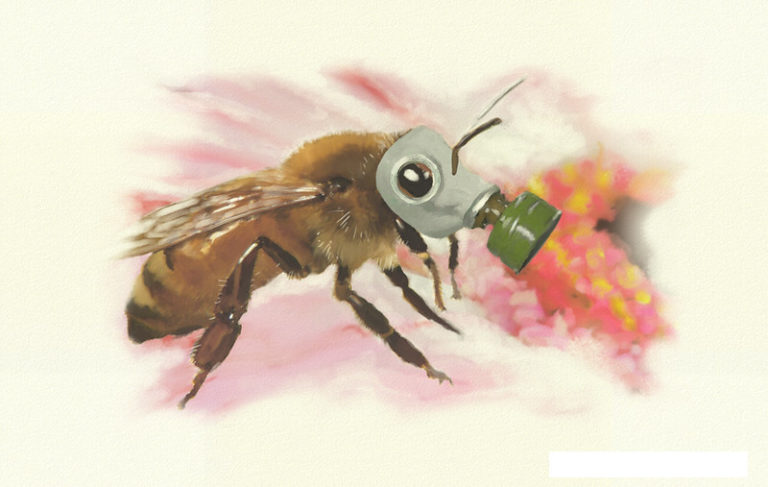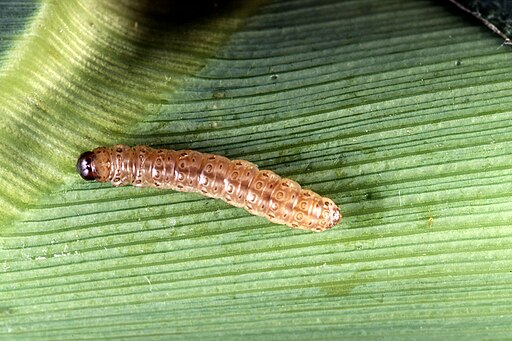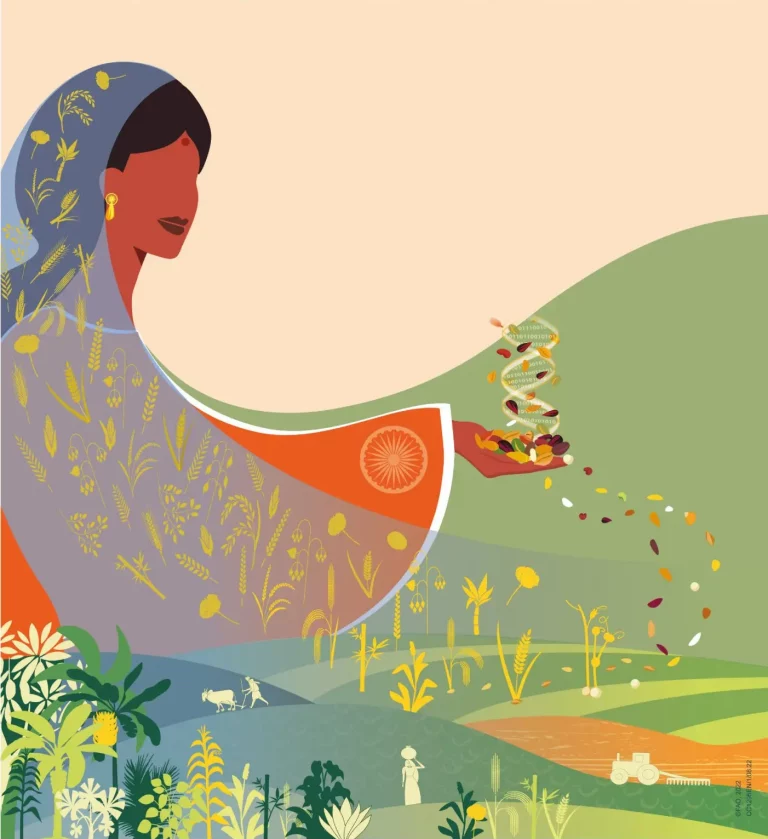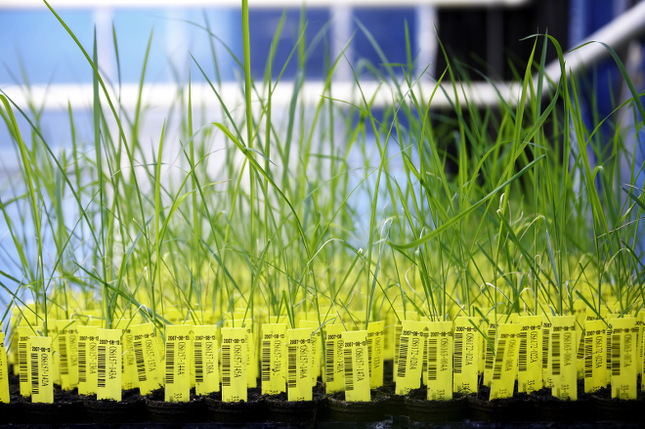Agroecology, farming that respects the living world

Industrial agriculture is destroying biodiversity (see p.3-5). Yet it is possible to produce without destroying (too much) biodiversity, thanks to agro-ecological practices and a farming organisation based on autonomy. But beware of distortion : agro-ecology can only be peasant-based…
Agroecology has the wind in its sails : in France, agricultural research institutes (CIRAD, INRAE, IRD) have even had dedicated programmes for a number of years, programmes federated at international level by the Consultative Group on International Agricultural Research (CGIAR). In the European Union, the new Common Agricultural Policy (CAP) 2023-2027 provides for aid to develop agroecology as part of the « Farm to Table » strategy. But are we talking about the same thing every time ?
Agroecology with GMOs ?
The use of pesticides is one of the causes of the disappearance of biodiversity. To stop it, we need to eliminate these products. The forerunner of agro-ecology, organic farming originated in Europe in the 1930s, and gradually took shape in France in the 1960s (notably with the Nature et Progrès association). Two watchwords : no synthetic fertilisers or pesticides, and nourishing the soil to nourish the plant. These were the beginnings of agro-ecology. But let’s see why there are two types of agroecology.
The economic take-off of organic farming has led to the emergence of « organic opportunists », players who have entered the sector to make a profit rather than to protect biodiversity. And this divergent objectives has led to a divergence in means and practices, made possible by technical specifications that are more or less strict. For example, it is possible for conventional farming to co-exist with organic farming on the same farm, or even with productions of different species using GMOs [AB specifications legally allow these co-existences of production, with only partial conversions] . The same differences can be seen with the concept of agroecology, which is also less regulated because there are no official specifications. But without a label everything is permitted ! This is how we find the supposedly fervent advocates of agroecology… with GMOs.
Let’s be serious. This eternal choice between the devil and the deep blue sea (in this case, GMOs or pesticides) is nonsense, since 99% of GMOs are linked to pesticides. It often reflects intellectual laziness at best, and outright deception at worst. Years of developing real organic or even biodynamic farming, with strict technical specifications, have shown that it is feasible to produce without synthetic fertilisers or pesticides… or GMOs, of course. As for the so-called « developing » countries, which have very limited access to inputs, mainly due to a lack of resources, they have long been supplying the bulk of agricultural production – up to 80% of the food in non-industrialised countries [1] – with practices similar to agroecology.
No, a peasant agroecology above all !
Although it has no official label, agroecology has been the subject of numerous definitions [2]. The one we are interested in here, peasant agroecology, is defined and defended by those who practise it, the peasants themselves, many of whom are grouped together within La Via Campesina [3]. They defined it as « a way of life […], in collaboration with nature in a circular production model [that strengthens] the autonomy of peasants […] [and] respects local resources and protects the environment and biodiversity through the application of specific peasant knowledge […] ». It transforms society : « peasant agroecology is based on collective rights […] recognising the right […] of communities to self-determination and autonomy. […] [I]t means working together with nature, not against it » [4].
The global, or holistic, approach includes not only techniques that respect the environment, but also the know-how of farmers and indigenous peoples, for whom humans are an integral part of Mother Earth (the famous Pacha Mama of the Andean countries, but which is of course a universal reality). The abandonment of synthetic inputs, the reduction in the use of fossil fuels and the use of renewable energy, closing as much as possible nutrient cycles, saving resources, particularly water… all these factors contribute not only to reducing the loss of biodiversity, but also to increasing it. Farm-saved seeds are the inevitable corollary to agroecology














